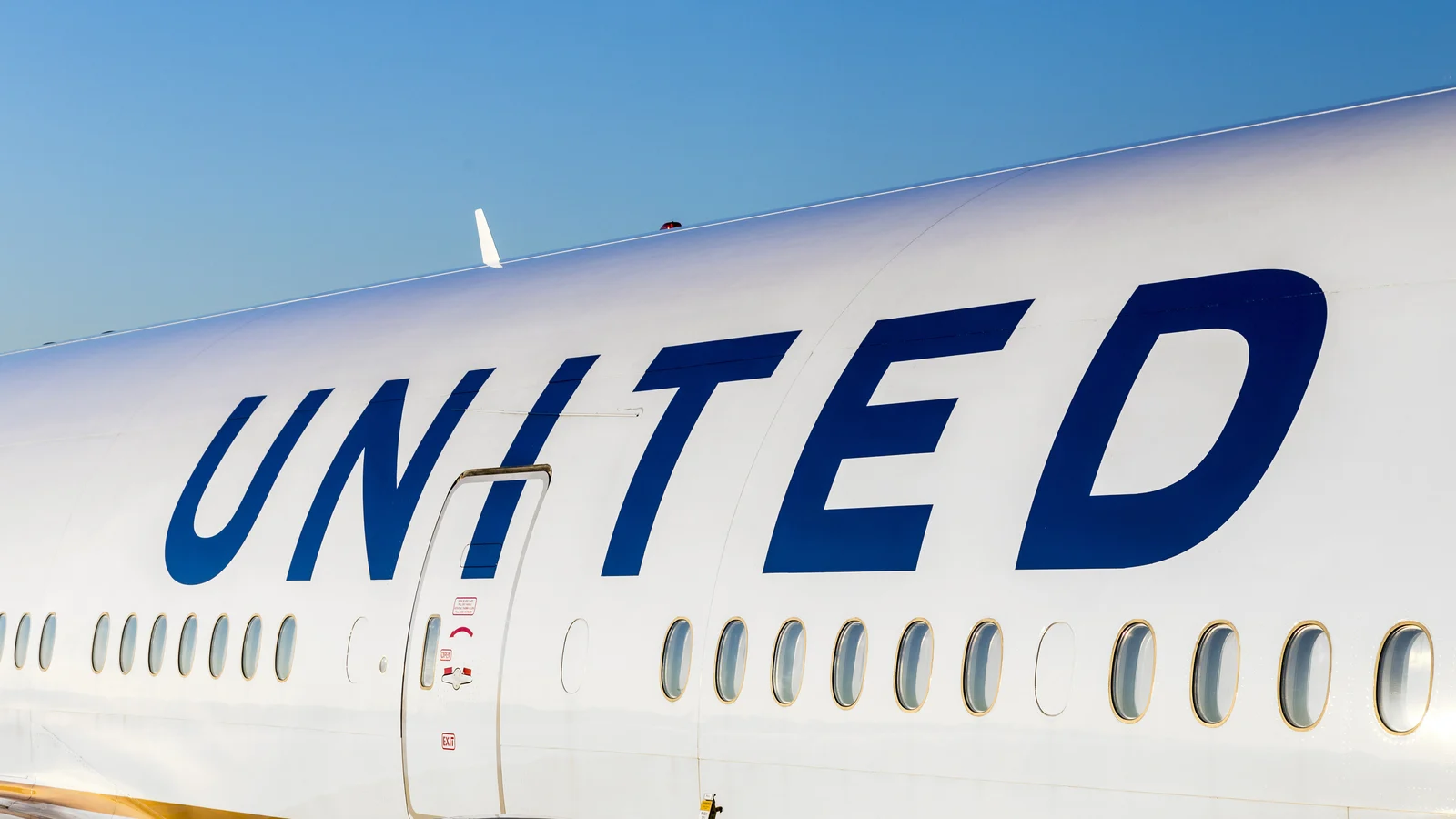United Airlines Holdings, Inc. (NASDAQ: UAL) is one of the major airline companies in the United States, and its stock is a popular choice for investors looking to tap into the airline industry. As one of the largest global carriers, UAL has a broad reach with a diverse network, making its stock a topic of interest for those considering airline sector investments. In this article, we’ll explore various aspects of UAL stock, including the company’s financial performance, factors affecting the airline industry, and the stock’s potential as a long-term investment.
A Brief Overview of United Airlines
United Airlines Holdings, Inc. operates primarily through its wholly owned subsidiary, United Airlines, which flies to a wide range of domestic and international destinations. United’s extensive route network, partnerships with global carriers, and strong brand presence make it one of the most recognized airlines in the world. The company is a member of the Star Alliance, a global airline partnership that includes many other major airlines such as Lufthansa, Singapore Airlines, and Air Canada.
United Airlines has a history dating back to the 1920s, and over the years, it has grown through mergers and acquisitions, most notably with the merger of United and Continental Airlines in 2010. This merger positioned United as a dominant player in the airline industry, offering customers a comprehensive range of travel options while expanding its operational capabilities.
UAL Stock Performance Overview
UAL stock has historically been subject to volatility, influenced by various factors including fuel prices, economic conditions, and geopolitical events. The COVID-19 pandemic had a profound effect on the airline industry, and UAL stock experienced significant challenges during 2020. However, since the gradual reopening of economies and the increased demand for air travel, UAL stock has been on a recovery trajectory.
In the post-pandemic period, United Airlines has focused on restructuring its operations, improving cost efficiencies, and enhancing its route network. These efforts have positively impacted its financial performance, though challenges like fluctuating fuel prices and labor issues persist.
Financial Performance
Revenue Growth
United Airlines generates a significant portion of its revenue from passenger services, with additional revenue streams coming from cargo services, loyalty programs, and ancillary services such as baggage fees and seat upgrades. In recent years, the company has seen steady revenue growth, particularly as travel demand rebounded post-pandemic. In 2023, UAL’s revenue reached pre-pandemic levels, demonstrating its strong recovery trajectory.
While revenue growth is promising, the airline’s financial performance is highly dependent on external factors such as global economic conditions, fuel prices, and travel demand trends. Therefore, investors must carefully consider these variables when assessing the stock’s long-term potential.
Profit Margins and Cost Management
Profit margins in the airline industry are notoriously thin, largely due to high fixed costs, including labor and fuel. United Airlines has taken steps to improve its cost structure, particularly in light of the challenges faced during the pandemic. One key area of focus has been on fleet optimization, where the airline has invested in more fuel-efficient aircraft, reducing overall operating costs.
UAL has also implemented cost-saving initiatives such as renegotiating supplier contracts and improving operational efficiencies. As a result, its operating margins have improved compared to the early days of the pandemic, although profitability remains a key challenge, especially with rising fuel prices.
Balance Sheet and Debt Levels
United Airlines, like many airlines, took on significant debt during the pandemic to stay afloat as travel demand plummeted. As of the most recent financial reports, UAL’s debt levels remain relatively high, though the company has begun repaying some of its obligations as cash flow improves.
Investors should keep an eye on the company’s debt levels as part of their due diligence. While high debt is common in the airline industry, sustained financial health requires a manageable balance sheet. UAL has shown signs of improvement, but any future disruptions to air travel could further strain its financials.
Factors Affecting UAL Stock
Fuel Prices
One of the most critical factors affecting UAL stock is the price of fuel. Fuel represents one of the largest operating expenses for any airline, and fluctuations in oil prices can have a significant impact on profit margins. Historically, higher fuel prices have led to increased operating costs and lower profitability, putting downward pressure on airline stocks, including UAL.
In response to this challenge, United Airlines has invested in more fuel-efficient aircraft and has engaged in hedging strategies to mitigate the impact of rising fuel costs. However, the volatility of fuel prices remains a risk factor for the company’s financial performance and, by extension, its stock price.
Labor Costs and Workforce Issues
Airlines are heavily dependent on their workforce, and labor costs account for a substantial portion of their operating expenses. Labor strikes, union negotiations, and workforce shortages can all impact UAL’s operations and profitability. In recent years, the airline industry has faced challenges related to pilot shortages, staff furloughs, and labor disputes, which have added to operational pressures.
United Airlines has worked to resolve labor issues, including negotiating new contracts with various employee groups. While these agreements help ensure operational stability, they also come at a cost, which could affect the company’s bottom line and stock performance.
Demand for Air Travel
The demand for air travel is closely linked to global economic conditions, consumer confidence, and geopolitical factors. During times of economic growth and stability, demand for both domestic and international travel tends to rise, boosting airline revenues. Conversely, during economic downturns or periods of geopolitical instability, demand can fall, negatively impacting airlines.
The rise of remote work and virtual meetings during the pandemic led to reduced demand for business travel, which was historically one of the most lucrative segments for airlines like United. While leisure travel has rebounded strongly, the business travel segment has been slower to recover. Investors in UAL stock should monitor trends in business travel demand as a key indicator of future revenue potential.
Competitor Landscape
The airline industry is highly competitive, with United Airlines facing competition from both traditional carriers like American Airlines and Delta, as well as low-cost carriers such as Southwest Airlines and JetBlue. Competition is particularly intense on popular domestic routes, where pricing pressure can erode margins.
United has sought to differentiate itself through its expansive international network and premium service offerings. The airline has invested in upgrading its business class and premium economy products to cater to high-value customers. However, maintaining a competitive edge in this industry requires ongoing investment in infrastructure, technology, and customer service, all of which can impact financial performance and stock price.
UAL Stock Investment Considerations
Valuation and Stock Price
As of the latest stock market data, UAL is trading at a relatively low price-to-earnings (P/E) ratio compared to the broader market, indicating that it may be undervalued based on its earnings potential. For value investors, this could present an attractive buying opportunity, particularly if the airline continues its recovery and improves its profitability.
However, investors should be cautious about the volatility of airline stocks, including UAL. Airlines are highly sensitive to external shocks, such as fuel price hikes, geopolitical tensions, and economic downturns. While the stock may be undervalued based on current financial metrics, the risks associated with the airline industry should not be underestimated.
Dividend and Shareholder Returns
United Airlines does not currently pay a dividend, as the company has prioritized debt reduction and operational investments over returning capital to shareholders. For income-focused investors, this may be a drawback. However, if UAL continues its recovery and strengthens its balance sheet, there may be opportunities for dividend reinstatement in the future.
Long-Term Growth Potential
The long-term growth potential for UAL stock hinges on several factors, including the company’s ability to manage costs, grow its revenue base, and maintain competitive advantages in a crowded market. While the airline industry is cyclical and prone to short-term volatility, the global demand for air travel is expected to grow over the long term, driven by rising incomes in emerging markets and increased globalization.
United Airlines is well-positioned to benefit from these trends, particularly with its strong international network and partnerships with other global carriers. However, sustained growth will require careful management of external risks and continued investment in operational improvements.
Conclusion
UAL stock offers investors exposure to one of the largest airline companies in the world. While the airline industry is subject to various risks, including fuel prices, labor costs, and demand fluctuations, United Airlines has shown resilience in the face of challenges. For long-term investors, UAL stock presents a potential opportunity, especially if the company continues to improve its financial performance and manage its debt levels.
Investors should weigh the risks and rewards carefully, keeping in mind the cyclical nature of the airline industry and the potential for short-term volatility.




